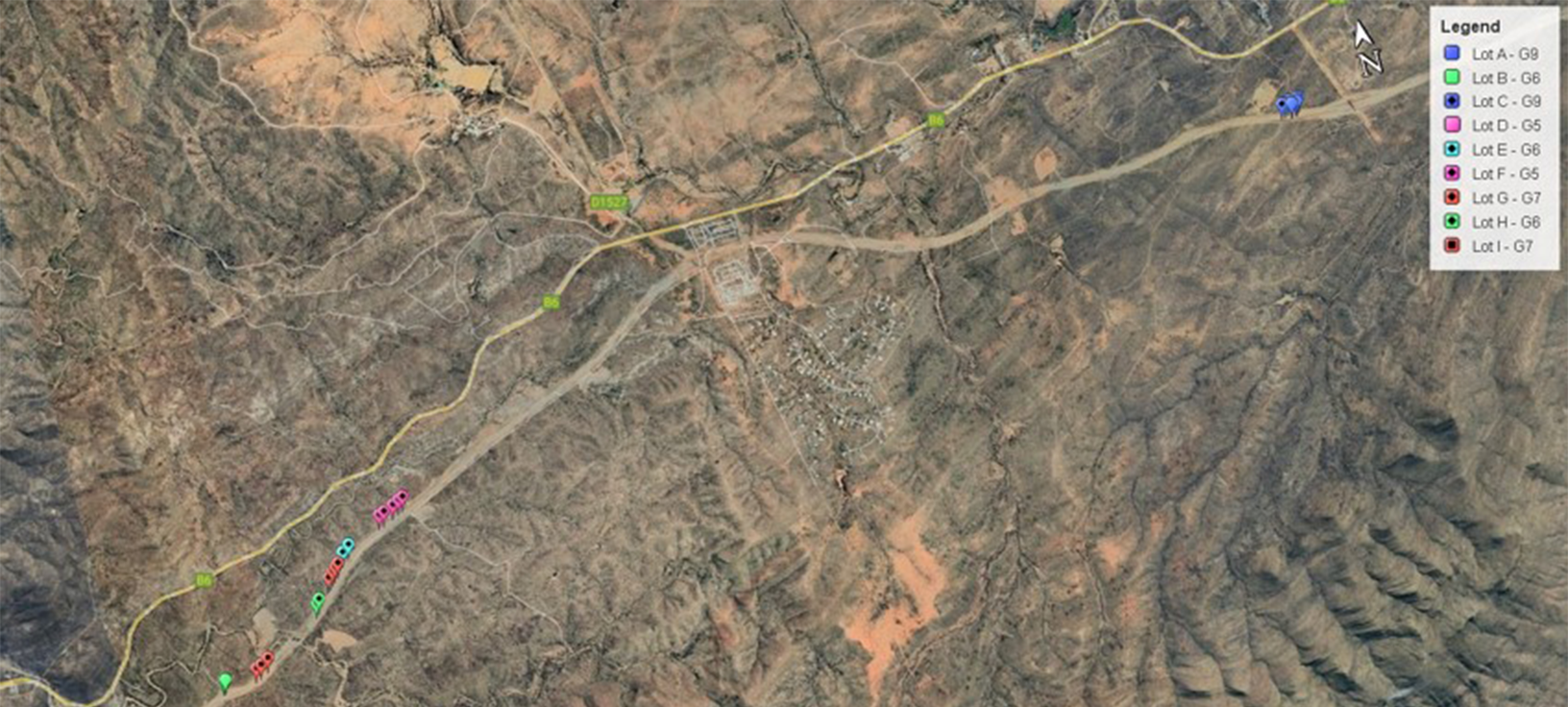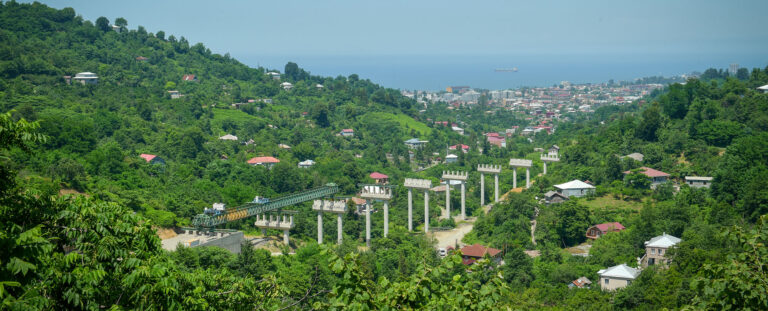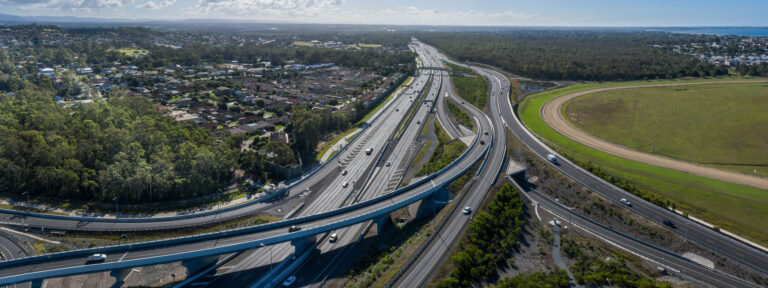
LWD test results
LWD tests were done on the compacted sample directly after compaction, as well as up to five days after compaction. This allowed for the observation of the trend in the LWDs resilient modulus (Evd), which is associated with the dry back of the uppermost layer of the sample. Four LWD tests were done each day, rotating the plate 90° between each test, which allowed us to assess the repeatability of the LWD. It was found that, on average, the Evd increased 179% between the first day and the fourth day of testing. The LWD tests done on the same day were highly repeatable, with a maximum variance of 10% between consecutive tests.

The influence of moisture content and degree of compaction on Evd measurements was also investigated by varying these two parameters. The LWD measurement was found to be slightly more susceptible to moisture than to the degree of compaction. This and the observation of the increase in the Evd associated with the dry back indicate that a moisture limit should be added to LWD testing and that testing should be done in a specified amount of time after construction.
CBR test results
CBR tests were done at the same moisture contents and degree of compactions and correlated with the LWD results. A logarithmic relationship with an R² value of 0.88 was observed. Both parameters are equally affected by higher moisture contents and degree of compaction.

Discussion and Conclusions
The stiffness of the unbound granular material (UGM) layer in a flexible pavement is a key factor in preventing material failure. However, current quality assurance/quality control (QA/QC) procedures in southern Africa rely on density measurements, which do not reflect the design parameters.
The Lightweight Falling Deflectometer (LWD) is a device that can be used to measure the stiffness of UGM layers. Researchers have found a strong correlation between the LWD and CBR of UGM layers, which could be used to promote the use of the LWD in southern Africa for QA/QC of UGM layers.
The adoption of the LWD in southern Africa would be beneficial because it would allow for more accurate and reliable assessment of the quality of road construction. This could lead to safer and more durable roads, which would benefit all road users.
Further research is needed to test other materials and to develop a link between laboratory simulations and actual field conditions. However, the findings of this study suggest that the LWD has the potential to be a valuable tool for QA/QC of UGM layers in southern Africa.
 Transmission in the Transition
Transmission in the Transition
Transmission Systems of the future need to rapidly adapt to the new world of sustainable energy. Grids need to expand to accommodate the growing new sources of clean energy and adjust to the variability and intermittency nature of such sources.
 Breaking Down Silos to Transform Transport Mega-Projects for a Sustainable Future
Breaking Down Silos to Transform Transport Mega-Projects for a Sustainable Future
Transport mega-projects are reshaping the future of urban mobility, driving innovations that enhance connectivity, support communities, and enable economic growth and sustainability. Through cutting-edge technology and large-scale infrastructure, these projects are transforming cities by reducing congestion, improving environmental outcomes and facilitating seamless travel.
 Rethinking Practice Global Evolution in Transportation Geotechnics
Rethinking Practice Global Evolution in Transportation Geotechnics
Transportation geotechnics forms the backbone of global infrastructure, supporting roads, railways, ports, and airports that drive economic growth and societal progress. As urbanisation accelerates and economies expand, the geotechnical challenges associated with constructing and maintaining resilient infrastructure have grown increasingly complex. The field must not only address capacity needs but also align with sustainability and resilience goals, making it more crucial than ever to innovate and adapt.
 Engineering positive change: delivering community-centric infrastructure in rural Africa
Engineering positive change: delivering community-centric infrastructure in rural Africa
Across the vast and diverse landscapes of rural Africa, many communities face significant barriers to accessing essential infrastructure. Limited access to clean water, sanitation, reliable transportation, and consistent energy supply impedes daily life, and deepens existing inequalities.






